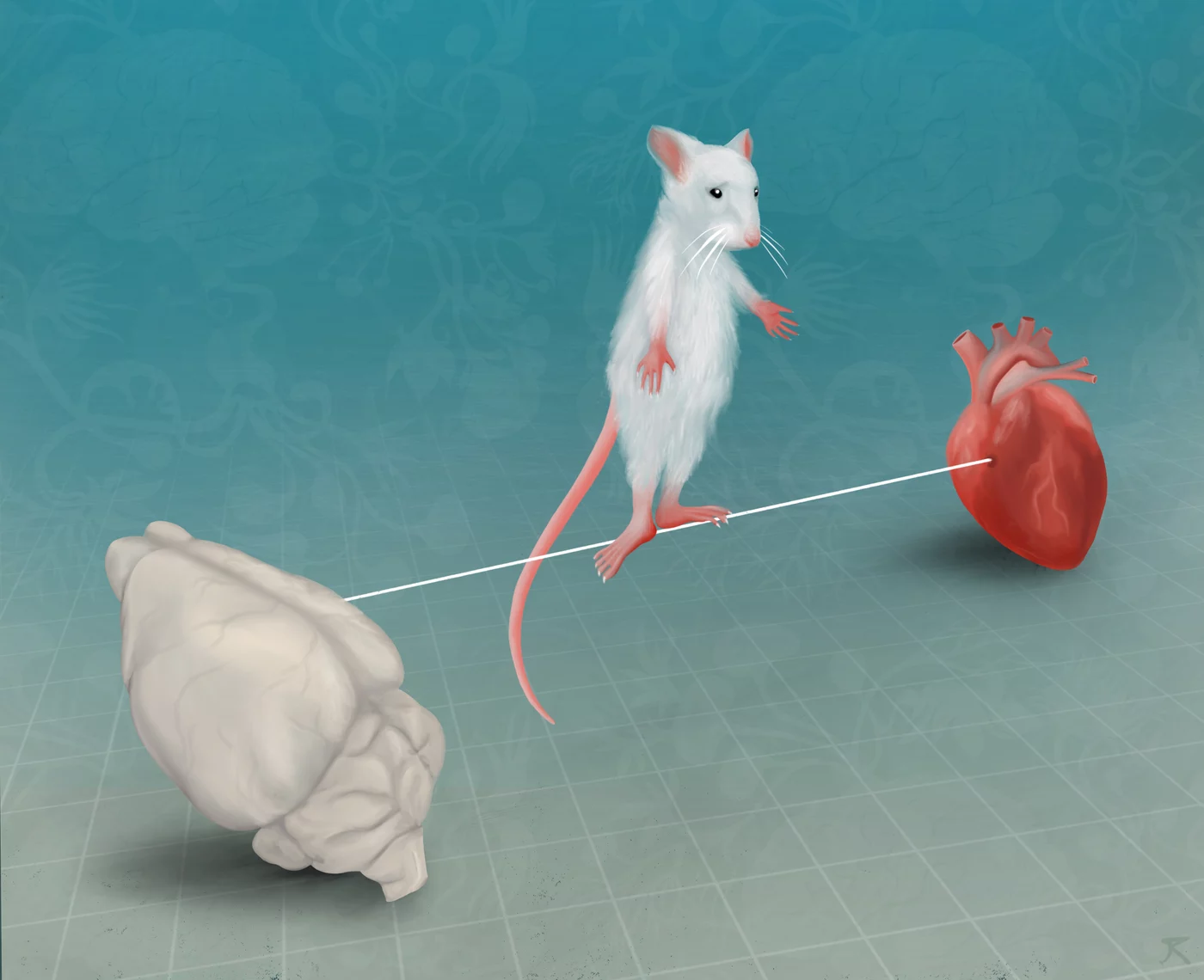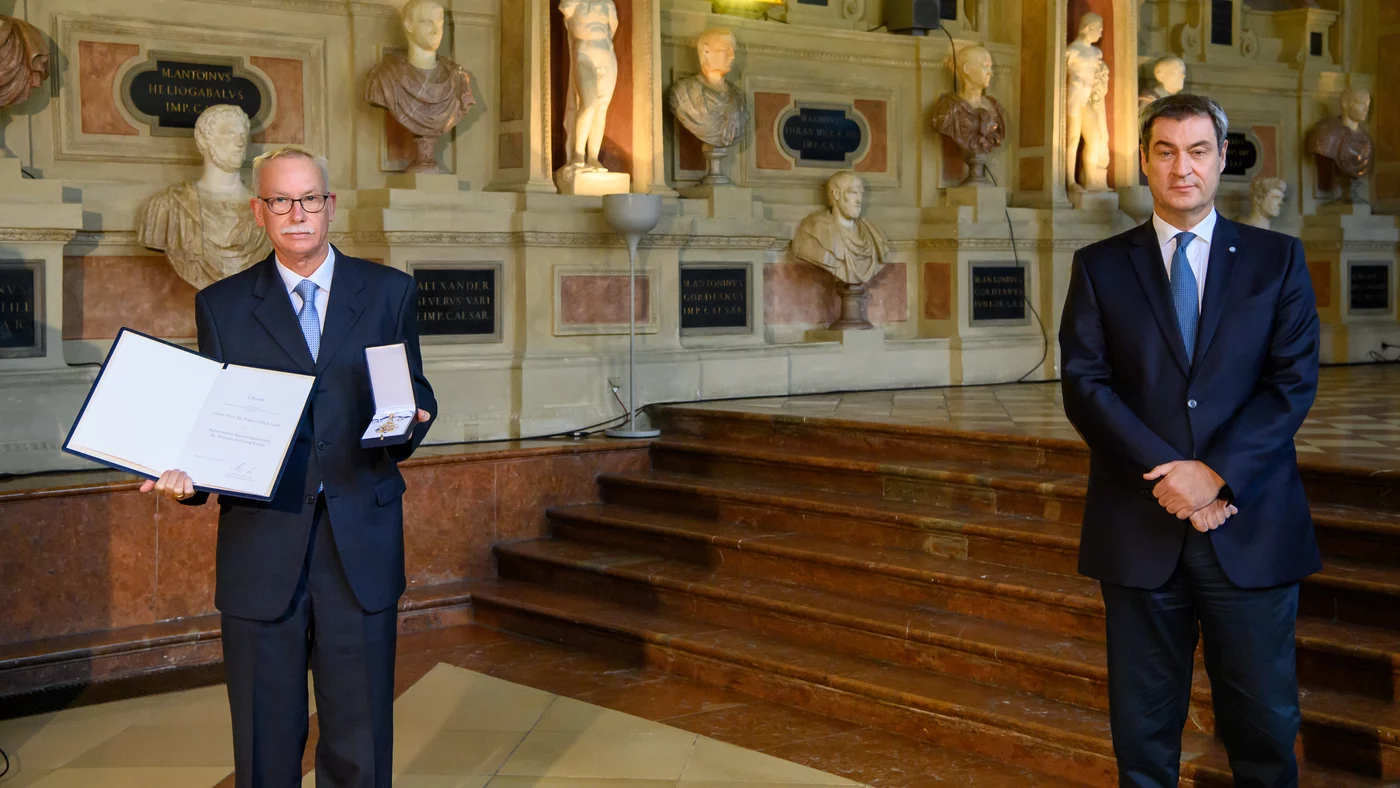
F. Ulrich Hartl, Director at the Max Planck Institute of Biochemistry, together with his colleague Arthur L. Horwich, receives the HFSP Nakasone Prize 2022.
Biochemist F. Ulrich Hartl, together with his colleague and geneticist Arthur L. Horwich, discovered that nascent proteins often do not fold spontaneously into their functional form. Proteins which assist the folding process, known as chaperones, are needed for this process. Both researchers now receive the HFSP Nakasone Prize 2022 of the Human Frontier Science Program for this fundamental and far-reaching discovery. F. Ulrich Hartl: " I am very honored to receive this award together with my early collaborator Art Horwich and look forward to the prize ceremony in Paris." The award honors scientists for their groundbreaking discoveries in areas of the life sciences.
Many proteins need help to fold into their functional form. Helper proteins, known as chaperones, perform this task. This process of assisted folding was discovered by Prof. F. Ulrich Hartl, Director at the Max Planck Institute of Biochemistry in Martinsried, together with his colleague, the American Arthur L. Horwich from the Howard Hughes Medical Institute in Yale, USA. Hartl and his team have been investigating the structure and function of molecular chaperones ever since. Protein aggregations, which are associated with many neurodegenerative diseases such as Parkinson's, Alzheimer's, and Huntington's chorea, can be traced back to malfunctions of the chaperones, among other things. The detailed knowledge of molecular functions and malfunctions of the folding helpers should enable the development of new therapeutic approaches.




